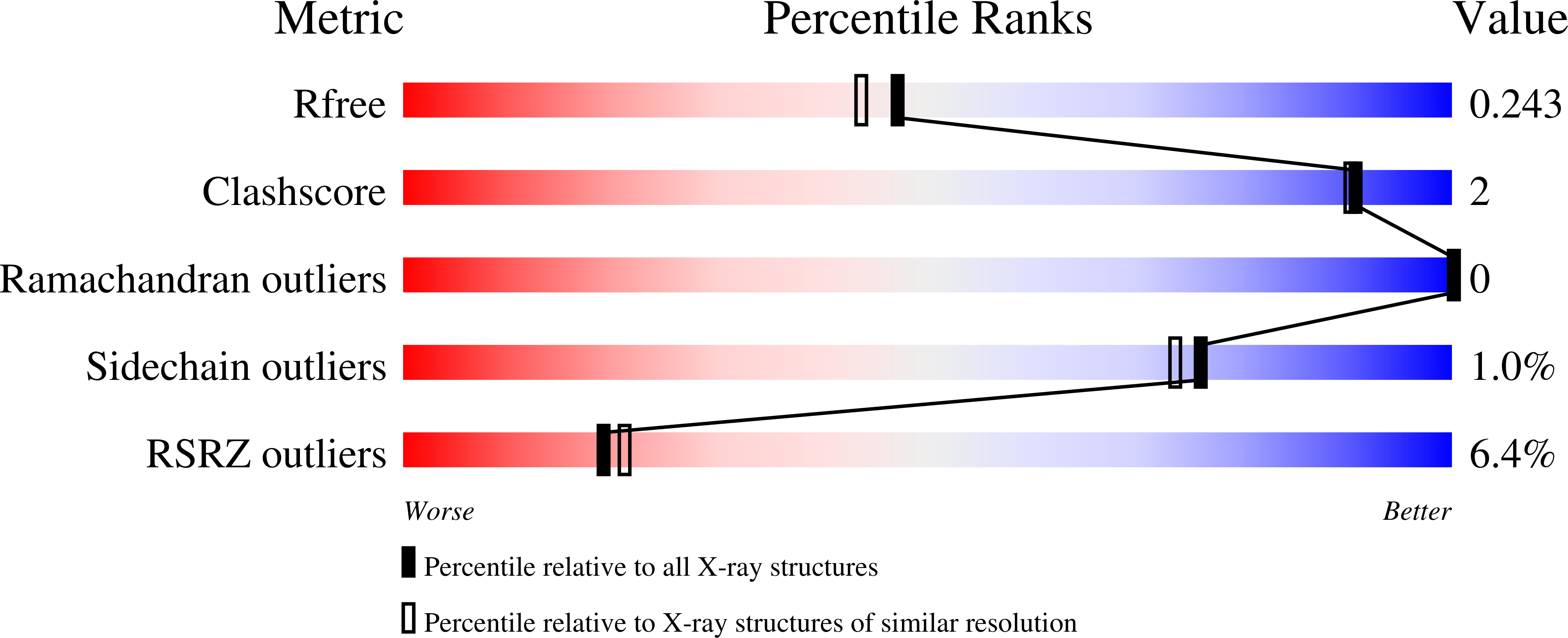
Deposition Date
2024-02-15
Release Date
2024-07-03
Last Version Date
2024-07-24
Entry Detail
PDB ID:
8S1R
Keywords:
Title:
Crystal structure of SHANK1 PDZ in complex with a SLiM internal ligand
Biological Source:
Source Organism:
Homo sapiens (Taxon ID: 9606)
Host Organism:
Method Details:
Experimental Method:
Resolution:
1.98 Å
R-Value Free:
0.23
R-Value Work:
0.21
Space Group:
P 32 2 1


